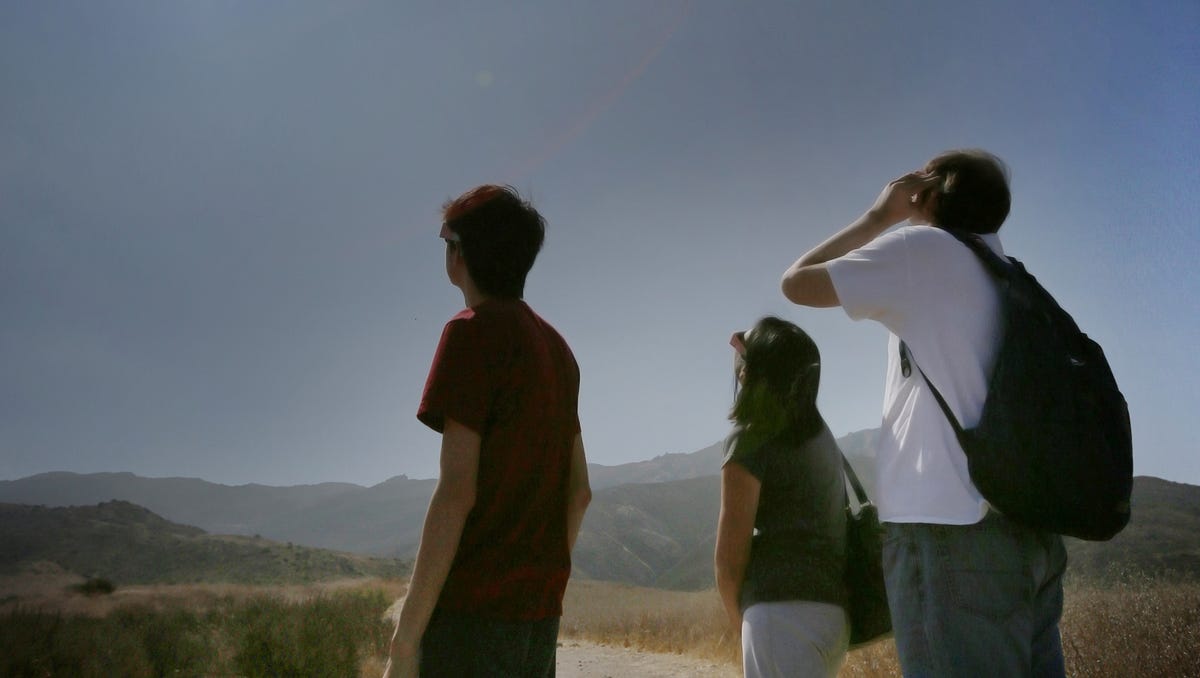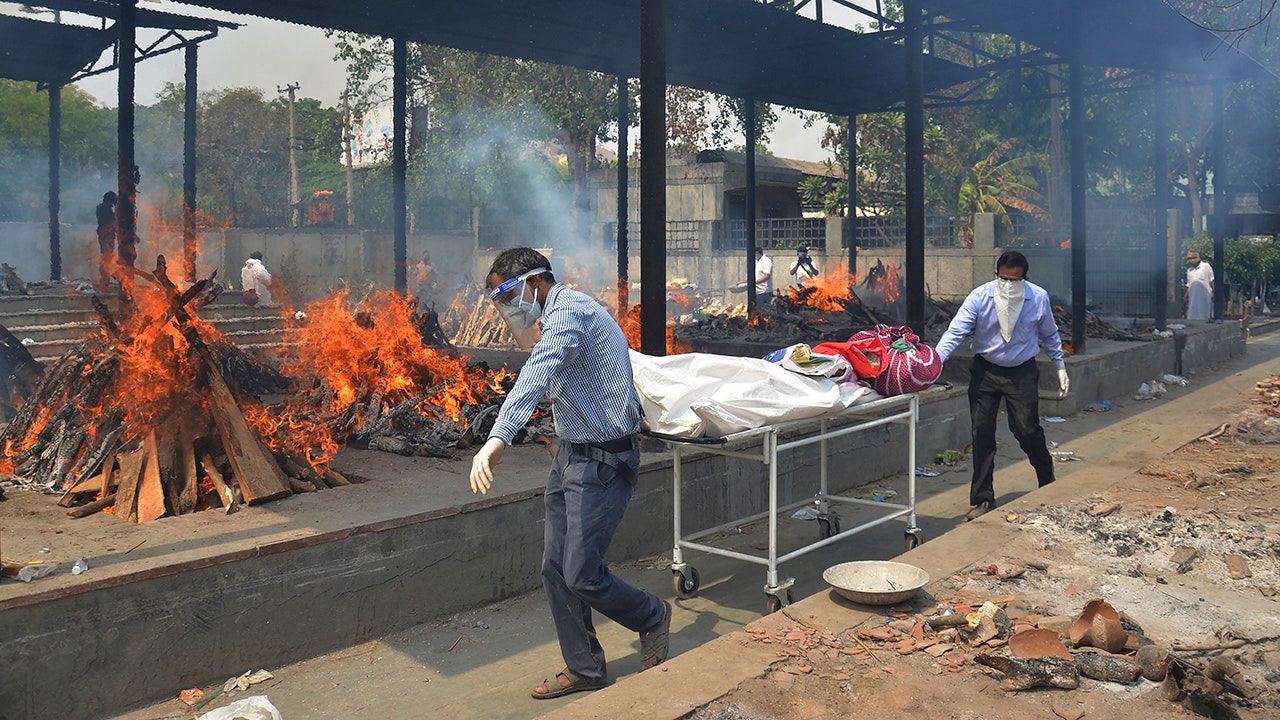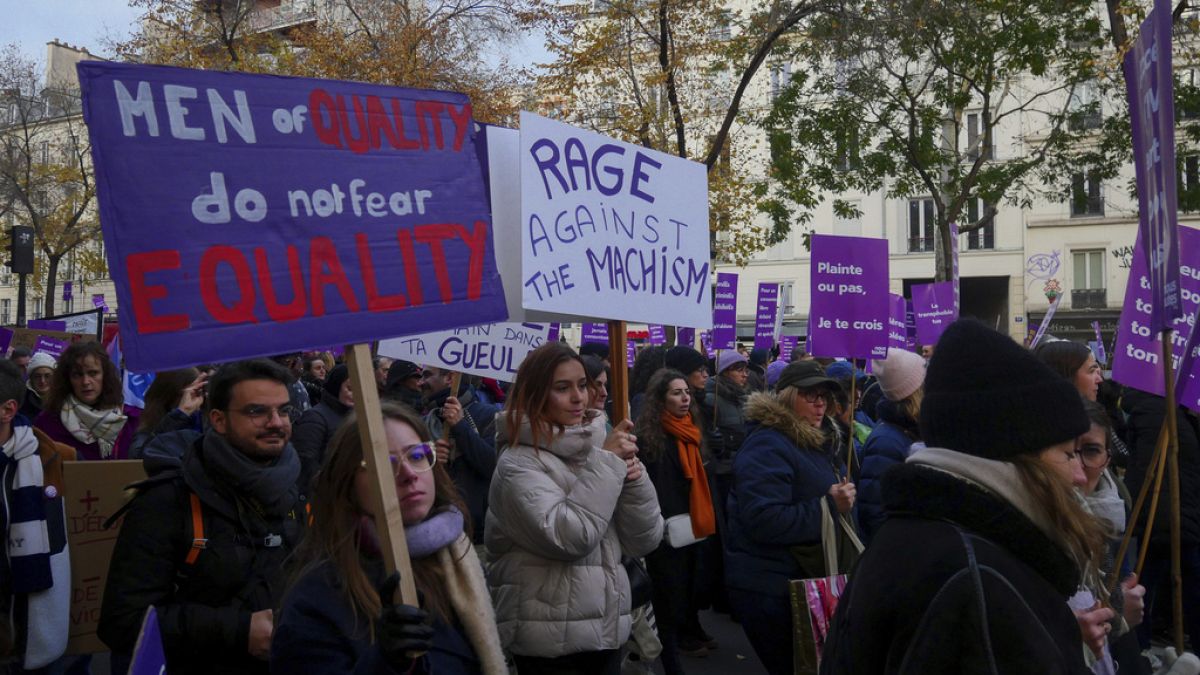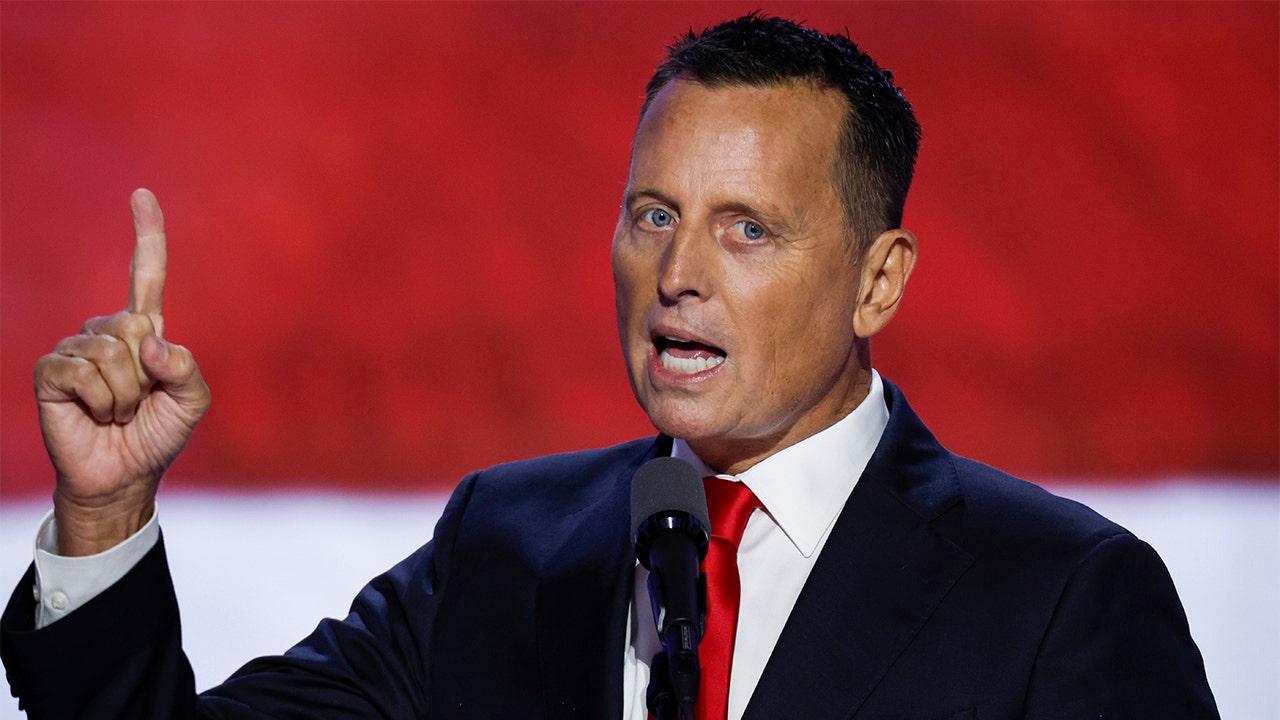California
Trailblazing astronaut and SoCal native Jonny Kim speaks on the importance of being AAPI role model

Tuesday, May 16, 2023 4:08AM
In celebration of Asian American, Native Hawaiian and Pacific Islander Heritage Month, Eyewitness News learned more about NASA trailblazer and Southern California native Jonny Kim.
Kim, a child of Korean-American immigrants, grew up in Santa Monica and graduated from high school there. Now, he’s part of the Artemis Team and could become the first Korean-American on the moon.
Kim told “Good Morning America” he hopes his accomplishments will inspire others.
“I can be that person, for that young boy, that young girl, who says, ‘Wow, I relate to that. I think I can do that. If he can do it, maybe I can,’” Kim said. “And when you get an entire generation of kids who think like that, you unlock a potential that will make them be the very best version of themselves. And when everyone is the best version of themself, we all win.”
Kim graduated from Harvard Medical School and went on to work as a resident physician.
He also became a Navy SEAL.
Copyright © 2023 KABC Television, LLC. All rights reserved.

California
Northern California driver dies after vehicle found in floodwaters, 1 other found dead

SONOMA COUNTY – A man died when he was found in a flooded vehicle after an atmospheric river dumped heavy rain in Northern California, authorities said.
In Sonoma County’s Guerneville, first responders responded to a report around 11:30 a.m. Saturday for a vehicle that was seen in floodwaters near Mays Canyon Road and Highway 116.
The caller believed that at least one person was inside the vehicle.
When crews arrived, they said the vehicle was recovered but a man was pronounced dead at the scene. He has not been identified.
The Russian River, which flows through Guerneville, reached the flood stage on Friday evening and exceeded what was forecasted.
This area went into a flood warning around 2 p.m. Friday and was still in place as of Saturday afternoon.
Guerneville is about 75 miles north of San Francisco.
Around 8:45 a.m. Saturday in Santa Rosa, a man was found dead in Piner Creek just south of Guerneville Road, the police department said. His death is being investigated.
California
Laura Richardson completes a political comeback, winning tight race to represent South L.A. in the California Capitol

Laura Richardson emerged the victor of the competitive, costly and feisty election to win a South Los Angeles seat in the state Senate — completing her political comeback more than 10 years after a tumultuous tenure in the House of Representatives.
Richardson narrowly won the race against Michelle Chambers, a community justice advocate who faced accusations of misconduct in prior public office. The Associated Press called the race Friday after weeks of ballot counting.
The contest between two Democrats with similar social policies but differing views on crime and business attracted huge spending by special interests.
Independent expenditure committees poured more than $7.6 million into the race, making it the most expensive election for state Legislature this year, according to California Target Book, a political database. Negative campaigning dominated the race as business interests and labor unions battled for their favored candidate.
Richardson, a moderate Democrat, will join a Democratic supermajority in the Legislature. But Republicans are on track to flip three legislative seats this year, one in the Senate and two in the Assembly.
Richardson’s biggest supporters were businesses, including PACs funded by oil companies, and law enforcement associations that said they advocated for candidates who shared their beliefs on free enterprise and public safety. Meanwhile, Chambers’ biggest portion of support came from healthcare workers and teachers unions, who spent millions of dollars backing her.
Chambers wrote in a statement she was “proud of the campaign we ran,” thanking supporters who canvassed, phone-banked or cast votes for her “vision of better jobs, better wages and a California that works for everybody, not just the wealthy and well-connected.”
“This was the closest state senate race in the state, but unfortunately it appears that we will fall just short of victory,” she added. “Our people-powered efforts were not quite enough to overcome millions of dollars in outside spending on lies from the oil and tobacco industry and their allies.“
Richardson will succeed Sen. Steven Bradford (D-Gardena) in the 35th District, which encompasses the cities of Carson, Compton and stretches down to the harbor. Bradford, who had endorsed Chambers, said he believed both candidates were “qualified to do the job.”
Bradford, who championed reparations legislation during his tenure, hoped the future senator would be “willing to meet with all factions of the community, because it’s a great diverse need in this district.”
“I’m also deeply sad to see how negative this campaign was, probably one of the most negative campaigns I’ve experienced in my 30-plus years of being involved with elections,” he said. “I just hope that we can come together after such a negative campaign, regardless of who the victor is, and understand that we have to work together.”
Richardson and Chambers took aim at each other’s past controversies. For Chambers, who had picked up the endorsement of various state and local elected officials, opposition groups seized on a criminal misdemeanor charge from 30 years ago. She was also accused of bullying and intimidation from her time as a Compton City Council member, allegations that she has repeatedly denied.
Richardson faced criticism over her tenure in Congress, where a House Ethics Committee investigation found her guilty in 2012 of compelling congressional staff to work on her campaign. The committee report also accused Richardson of obstructing the committee investigation “through the alteration or destruction of evidence” and “the deliberate failure to produce documents.”
Richardson admitted to wrongdoing, according to the report, and accepted a reprimand and $10,000 fine for the violations. She previously said that during her time in Congress, Republicans frequently targeted members of the Black Caucus. After she lost her reelection bid for a fourth term, Richardson said she worked at an employment firm to improve her managerial skills and has recognized previous mistakes.
“It’s been said voters are very forgiving, and if you stand up and you accept responsibility and you improve in the work that you do — we need people who’ve been through things, who understand what it’s like to have had difficulties,” she previously told The Times. “And so that’s exactly what I did. I didn’t shy away from it.”
California
72-hour rain totals across Northern California

Watch CBS News
Be the first to know
Get browser notifications for breaking news, live events, and exclusive reporting.
-

 Business7 days ago
Business7 days agoColumn: Molly White's message for journalists going freelance — be ready for the pitfalls
-

 Science4 days ago
Science4 days agoTrump nominates Dr. Oz to head Medicare and Medicaid and help take on 'illness industrial complex'
-

 Politics6 days ago
Politics6 days agoTrump taps FCC member Brendan Carr to lead agency: 'Warrior for Free Speech'
-
/cdn.vox-cdn.com/uploads/chorus_asset/file/25739950/247386_Elon_Musk_Open_AI_CVirginia.jpg)
/cdn.vox-cdn.com/uploads/chorus_asset/file/25739950/247386_Elon_Musk_Open_AI_CVirginia.jpg) Technology5 days ago
Technology5 days agoInside Elon Musk’s messy breakup with OpenAI
-

 Lifestyle6 days ago
Lifestyle6 days agoSome in the U.S. farm industry are alarmed by Trump's embrace of RFK Jr. and tariffs
-

 World6 days ago
World6 days agoProtesters in Slovakia rally against Robert Fico’s populist government
-

 News6 days ago
News6 days agoThey disagree about a lot, but these singers figure out how to stay in harmony
-

 News6 days ago
News6 days agoGaetz-gate: Navigating the President-elect's most baffling Cabinet pick








/cdn.vox-cdn.com/uploads/chorus_asset/file/24007866/acastro_STK109_microsoft_02.jpg)










